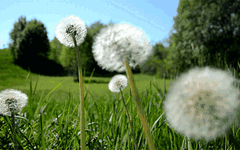
In the original mountains and rivers, every grass and tree has its purpose. Every plant in nature is a gift to humanity. We may pay more attention to flowers and herbs, but many wildflowers and grasses by the roadside also have magical uses.
You may have seen many of these before but not know their names. Today, let’s take a look at the medicinal herbs that grow by the roadside.
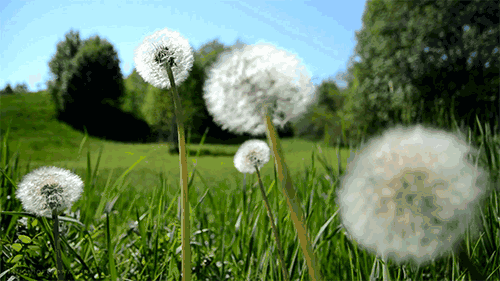
 「
「
Medicinal Herbs
」
The exploration of medicinal herbs by the Chinese people has a history of thousands of years. Legend has it that Shennong tasted hundreds of herbs and pioneered medicine, earning him the title of “Emperor of Medicine”.
Traditional Chinese medicine (TCM) primarily consists of plant medicines (roots, stems, leaves, fruits), animal medicines (internal organs, skin, bones, organs, etc.), and mineral medicines. Since plant medicines make up the majority of TCM, it is also referred to as traditional herbal medicine. Currently, there are about 5,000 types of medicinal herbs used across various regions, and the number of formulas created by combining different medicinal materials is countless.
The application theory of TCM is quite unique. TCM herbs have four properties and five flavors. The four properties, also known as four natures, refer to the cold, hot, warm, and cool nature of the herbs. The five flavors refer to the pungent, sour, sweet, bitter, and salty tastes of the herbs. The different properties and flavors of medicinal herbs lead to varied therapeutic effects.
However, all medicines have some toxicity. Without professional guidance, do not attempt to use them on your own to avoid problems. Only under the guidance of a qualified physician can the magical powers of herbs be fully realized! Let’s take a look at the medicinal herbs around us!
Plantago (Che Qian Cao)
Plantago is highly adaptable and can be found everywhere in China, from the mountains to the fields, along roadsides and rivers. It has a sweet taste and a cold nature. It has diuretic, heat-clearing, vision-improving, and phlegm-expelling effects.
It is primarily used for urinary obstruction, cloudy urine, leukorrhea, hematuria, jaundice, edema, dysentery, diarrhea, epistaxis, red and swollen eyes, sore throat, cough, and skin ulcers.
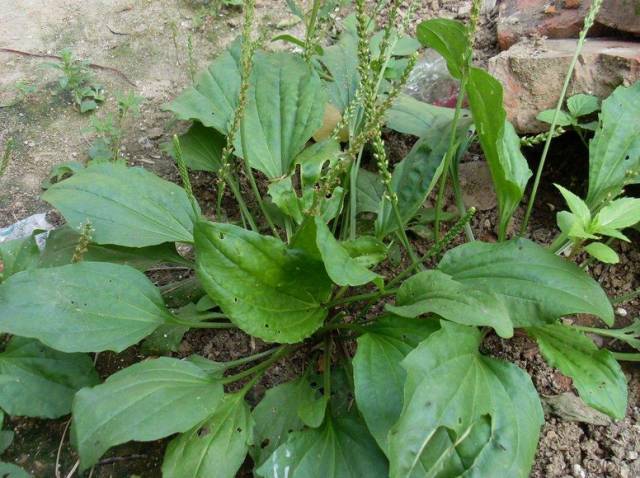
Honeysuckle (Jin Yin Hua)
Honeysuckle blooms in March, with five petals, a faint fragrance, and a red stem. When the flower first opens, it is white, and after a day or two, it turns yellow, hence the name Honeysuckle. Because it has two flowers on one stem, resembling a pair of mandarin ducks, it is also known as the “Mandarin Duck Vine”.
Honeysuckle has been praised since ancient times as an excellent medicine for clearing heat and detoxifying. It has a sweet and cold nature, is aromatic, and clears heat without harming the stomach. It can disperse wind-heat and clear blood toxins, effectively treating various febrile diseases such as fever, rashes, and sore throat.
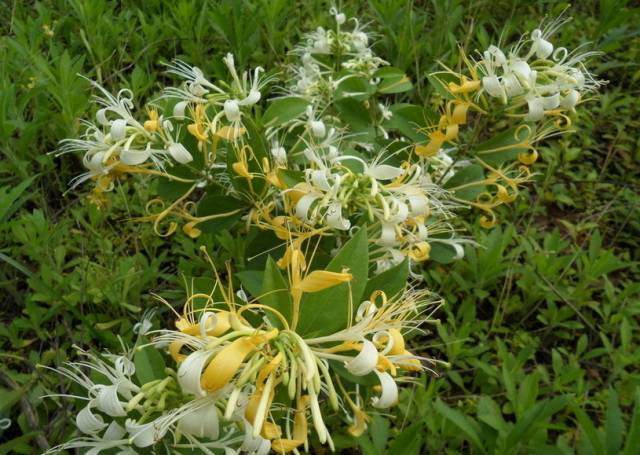
Dandelion (Pu Gong Ying)
Dandelion is a perennial herb of the Asteraceae family. Its seeds have a white crown that forms a fluffy ball, and after blooming, they are carried by the wind to new places to nurture new life.
The dandelion plant contains various healthy nutrients such as taraxasterol, taraxinic acid, and choline, which have diuretic, laxative, jaundice-reducing, and bile-promoting effects. Dandelion also contains proteins, fats, carbohydrates, trace elements, and vitamins, making it a nutritious plant that can be eaten raw, stir-fried, or made into soup.
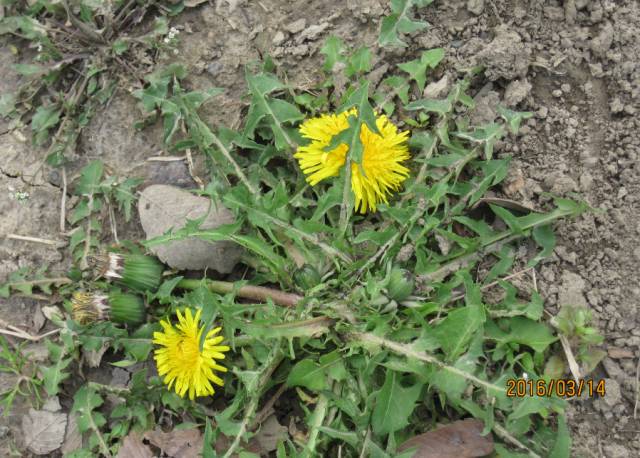
Duckweed (Ya Zhi Cao)
Also known as orchid grass or bamboo leaf grass, it has uncommon blue flowers. It is harvested in summer and autumn and dried.
It is used for colds and fevers, thirst due to heat, sore throat, edema with reduced urination, painful urination, and boils.
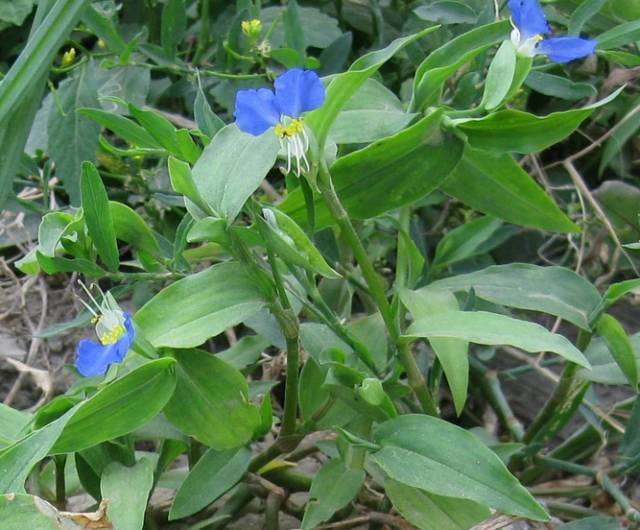
Houttuynia (Yin Chen Hao)
Houttuynia has heat-clearing, detoxifying, and dampness-relieving effects, but those with spleen and stomach deficiency should use it cautiously. It treats burns, boils, mastitis, parotitis, erysipelas, and scars. Fresh herbs are generally collected, cleaned, and crushed for external application, changing the dressing twice a day until healed.

Oxalis (Suan Jiang)
Oxalis has many names, including lantern grass, vinegar mother grass, and various local names. It has heat-clearing, dampness-relieving, phlegm-expelling, and cough-stopping effects. It is used for damp-heat jaundice, urinary difficulties, chronic cough, scrofula, and eczema.
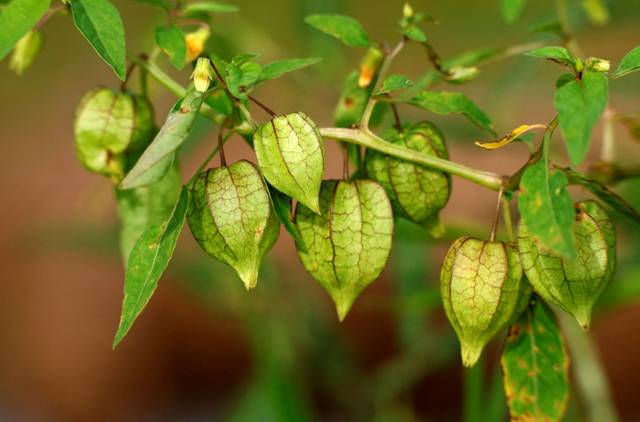
Common Burdock (Cang Er Zi)
Common burdock is a well-known plant that is toxic, with the highest toxicity in its young shoots and fruits. The seeds and cotyledons contain toxic proteins and glycosides that can damage the heart, liver, and kidneys and cause bleeding.
It dispels wind, clears heat, and detoxifies. It treats headaches, dizziness, dampness, red eyes, and skin itching.
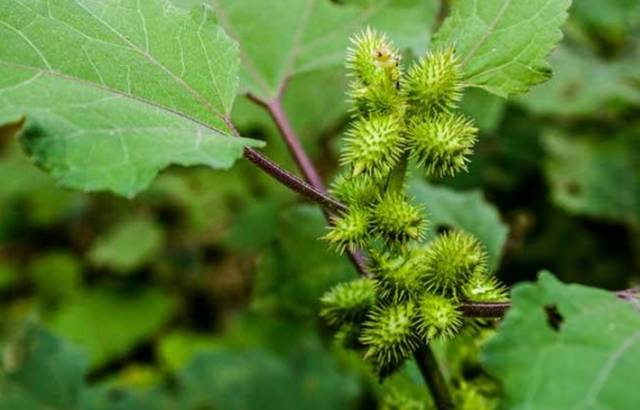
Marsh Mallow (Ma Lan Tou)
Another common wild vegetable, also known as Ma Lan, Jiejian Ju, and others. It is a herbaceous plant of the Asteraceae family. The whole plant is used medicinally. It has a cool nature and a pungent taste. It enters the Taiyin Lung and Jueyin Liver meridians. It cools the blood, clears heat, promotes dampness, and detoxifies.
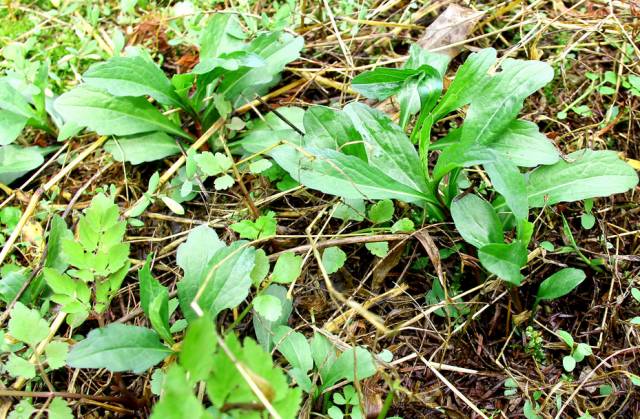
Shepherd’s Purse (Jie Cai)
Also known as Hu Sheng Cao, Xiang Tian Qi, and others. It is a cruciferous plant. The whole plant is used medicinally. It has a neutral nature and a sweet taste. It enters the Shaoyin, Taiyin, and Jueyin meridians. It harmonizes the spleen, promotes urination, stops bleeding, and improves vision. It treats dysentery, edema, gonorrhea, chyluria, hemoptysis, blood in stool, menorrhagia, and red, painful eyes.
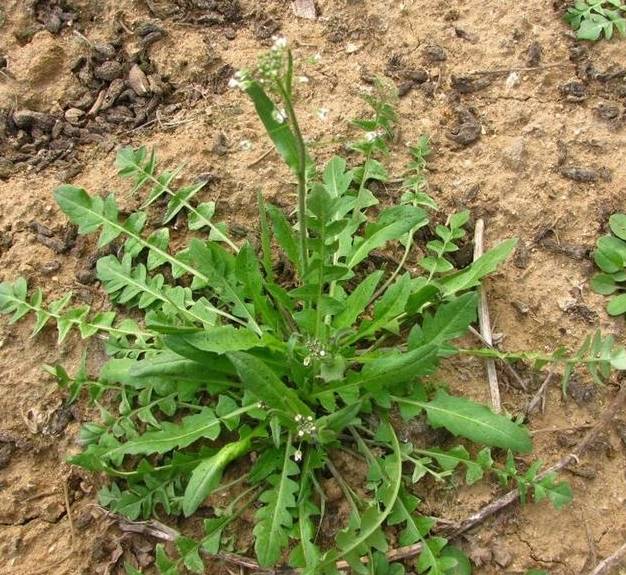
Common Thistle (Xiao Ji)
Also known as Cier Cai, Mao Ji, and others. It is a herbaceous plant of the Asteraceae family. The whole plant or root is used medicinally. It has a cool nature and a sweet taste. It enters the Liver and Spleen meridians. It cools the blood and dispels stasis. It stops bleeding. It treats hemoptysis, epistaxis, hematuria, blood in stool, menorrhagia, acute infectious hepatitis, traumatic bleeding, and boils.
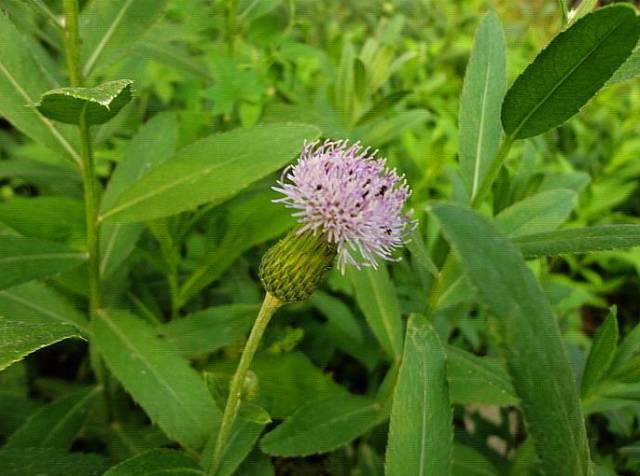
Water Celery (Shui Qincai)
It is a member of the Apiaceae family. The whole plant is used medicinally. It has a cool nature and a pungent taste. It calms the liver, releases the exterior, and promotes rashes. It treats early-stage measles, hypertension, and insomnia. If you pick it yourself, be careful of a toxic plant that looks similar.
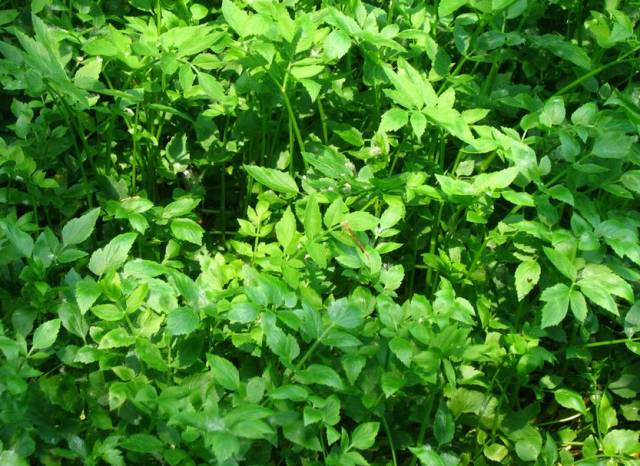
Cilantro (Tian Hu Sui)
Also known as Po Tong Qian, Ji Cai, and others. It is a member of the Apiaceae family. The whole plant is used medicinally. It has a cold nature and a bitter-pungent taste. It clears heat, promotes urination, reduces swelling, and detoxifies. It treats jaundice, dysentery, urinary difficulties, sore throat, boils, and traumatic injuries.
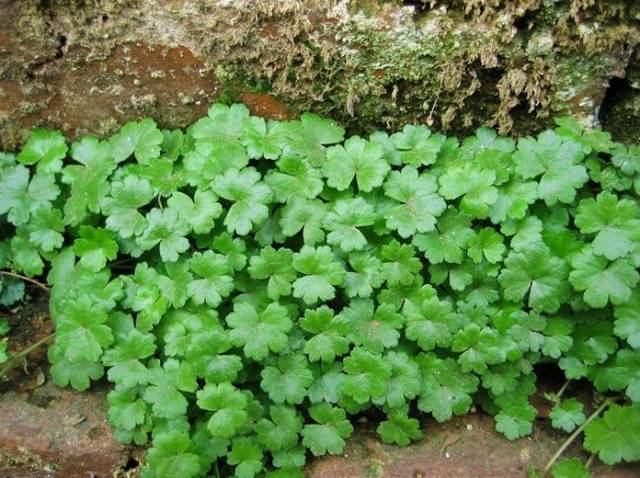
Oxalis (Cu Jiang Cao)
Also known as San Ye Suan Cao, it is a member of the Oxalidaceae family. The whole plant is used medicinally. It has a cold nature and a sour taste. It enters the Yangming and Taiyang meridians. It clears heat, promotes dampness, cools the blood, disperses stasis, reduces swelling, and detoxifies. It treats diarrhea, dysentery, jaundice, gonorrhea, leukorrhea, measles, hemoptysis, epistaxis, sore throat, boils, eczema, hemorrhoids, prolapse, and burns.
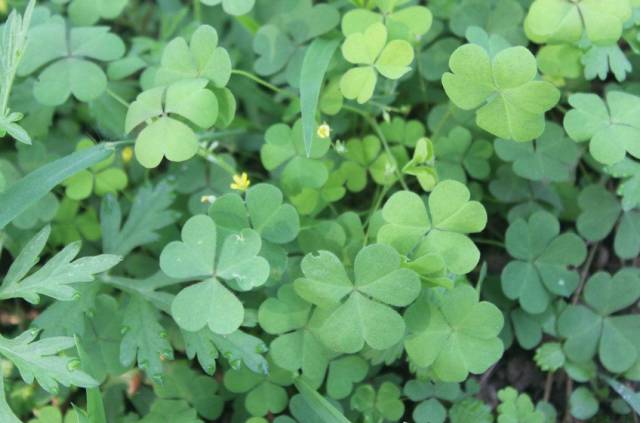
Motherwort (Yi Mu Cao)
Motherwort can be used as a whole herb, with effective components including Leonuruside, Leonurine, and various alkaloids. It has a bitter and cool taste. It promotes blood circulation, regulates menstruation, dispels stasis, stops pain, promotes urination, reduces swelling, and detoxifies. It is used for irregular menstruation, dysmenorrhea, amenorrhea, postpartum hemorrhage, abdominal pain due to stasis, kidney pain, edema, and hematuria.
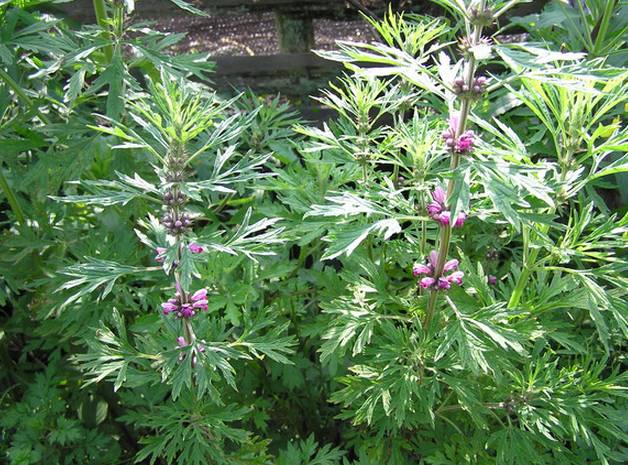
Senna (Jue Ming Zi)
The seeds can be used as a medicinal herb, known for their ability to improve vision. The commonly mentioned Jue Ming Zi tea is made from it. The mature fruit is harvested in autumn, dried, and the seeds are extracted. Jue Ming Zi has a bitter, sweet, and salty taste, with a slightly cold nature. It enters the Liver, Kidney, and Large Intestine meridians. It moistens the intestines, promotes bowel movements, lowers lipids, and improves vision, treating constipation, hyperlipidemia, and hypertension.
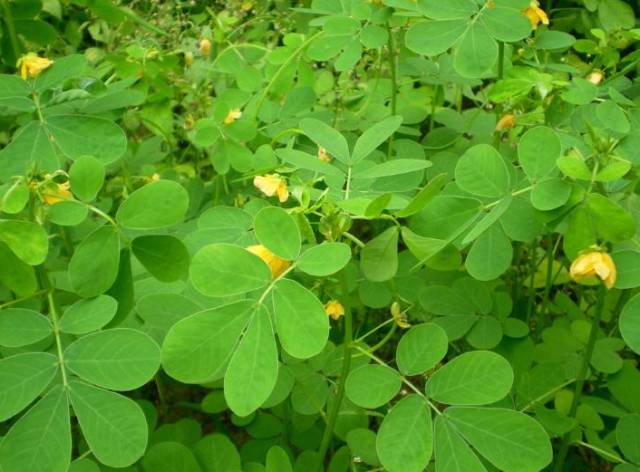
Chinese Dodder (She Chuang Zi)
This herb warms the kidneys, strengthens yang, dries dampness, dispels wind, and kills parasites. It is used for impotence, cold uterus, cold damp leucorrhea, and external treatments for vulvar eczema, vaginal itching, and trichomonas vaginitis.
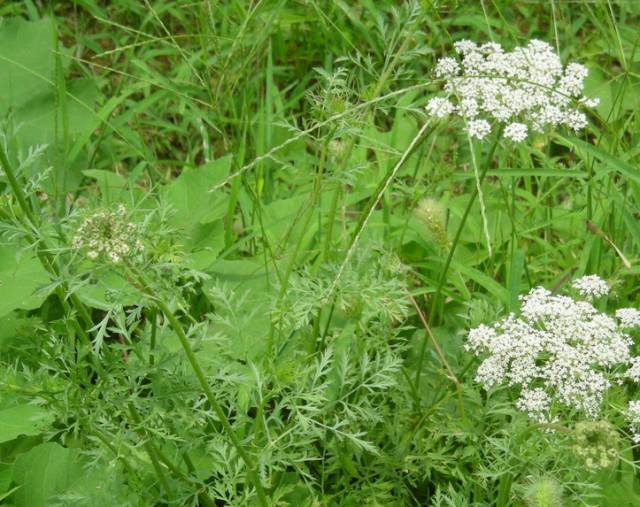
Gynostemma (Jiao Gu Lan)
Gynostemma is abundant in the wild, especially in the south, where its medicinal value is relatively high, earning it the title of “Southern Ginseng”. It is used for fatigue, deficiency, leukopenia, hyperlipidemia, viral hepatitis, chronic gastroenteritis, and chronic bronchitis.
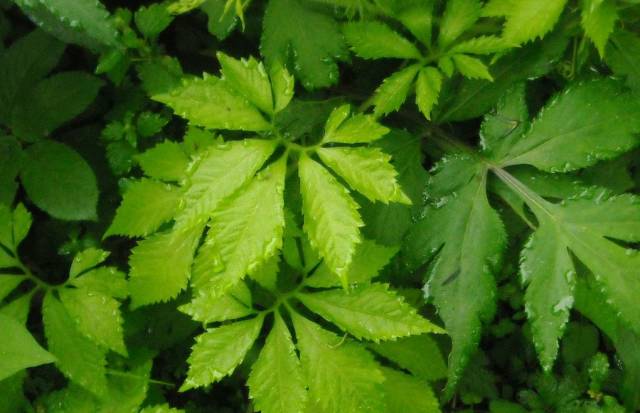
Purple Vetch (Zi Yun Ying)
The honey from Purple Vetch flowers is widely cultivated in China and is an important green manure crop and livestock feed. The roots, whole plant, and seeds can be used medicinally, having effects of dispelling wind, improving vision, tonifying the spleen, and detoxifying pain.
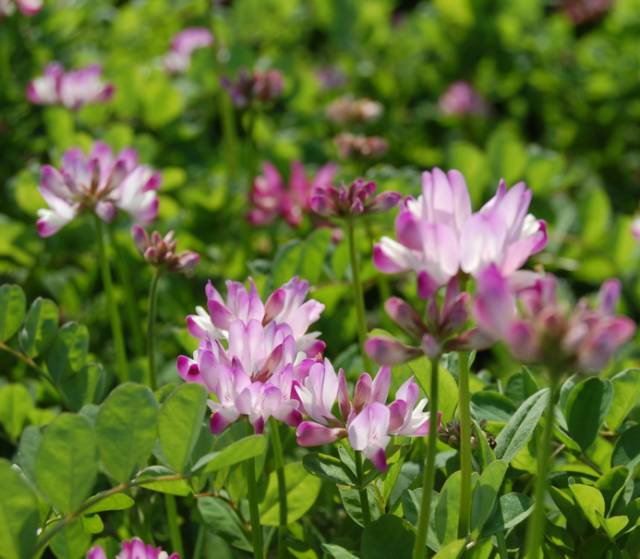
Shennong tasted hundreds of herbs to discover the essence of traditional Chinese medicine. It is hard to imagine how many trials our ancestors went through to discover so many ordinary yet miraculous medicinal herbs.
However, it is important to remind everyone to use these herbs under the guidance of a physician, as all medicines have some toxicity and should not be taken lightly!
Source: Zhidao Qihuang WeChat Official Account
 Outpatient Department Contact Numbers
Outpatient Department Contact Numbers
Emergency: 68215995
68238038
Fever Clinic: 68238603
Pediatrics: 68238182
Neurology: 68238195
Neurosurgery: 68238071
Internal Medicine: 68238017
68238175
Surgery: 68238182
Dental: 68238261
Rehabilitation: 68238065
Otolaryngology: 68238029
Dermatology: 68238232
Gynecology: 68238237
Gastroenterology: 68238562
Preventive Medicine: 68238238
Proctology: 68238230
Diabetes and Kidney: 68238192
Orthopedics: 68238260
Cervical and Shoulder: 68238027
Acupuncture: 68238171
Analysis Room: 68238067
Supply Room: 68238052
Laboratory: 68238031
CT Room: 68238036
Radiology: 68238037
Gastrointestinal Endoscopy Room: 68238035
 Clinical Department Contact Numbers
Clinical Department Contact Numbers
Neurology Ward 1: 68238022
Neurology Ward 2: 68238229
Neurology Ward 3: 68238165
Pediatrics Ward: 68238028
Cardiology Ward: 68238172
Diabetes and Kidney Ward: 68238072
Pulmonary Ward: 68238023
Surgery Ward: 68238020
Orthopedic Ward: 68238021
Obstetrics and Gynecology Ward: 68238026
Cervical and Shoulder Ward: 68238163
Delivery Room: 68238070
Operating Room: 68238025
Intensive Care Unit: 68238298
Editor: Wu Xiaonan


 Long press to scan the code to follow
Long press to scan the code to follow

